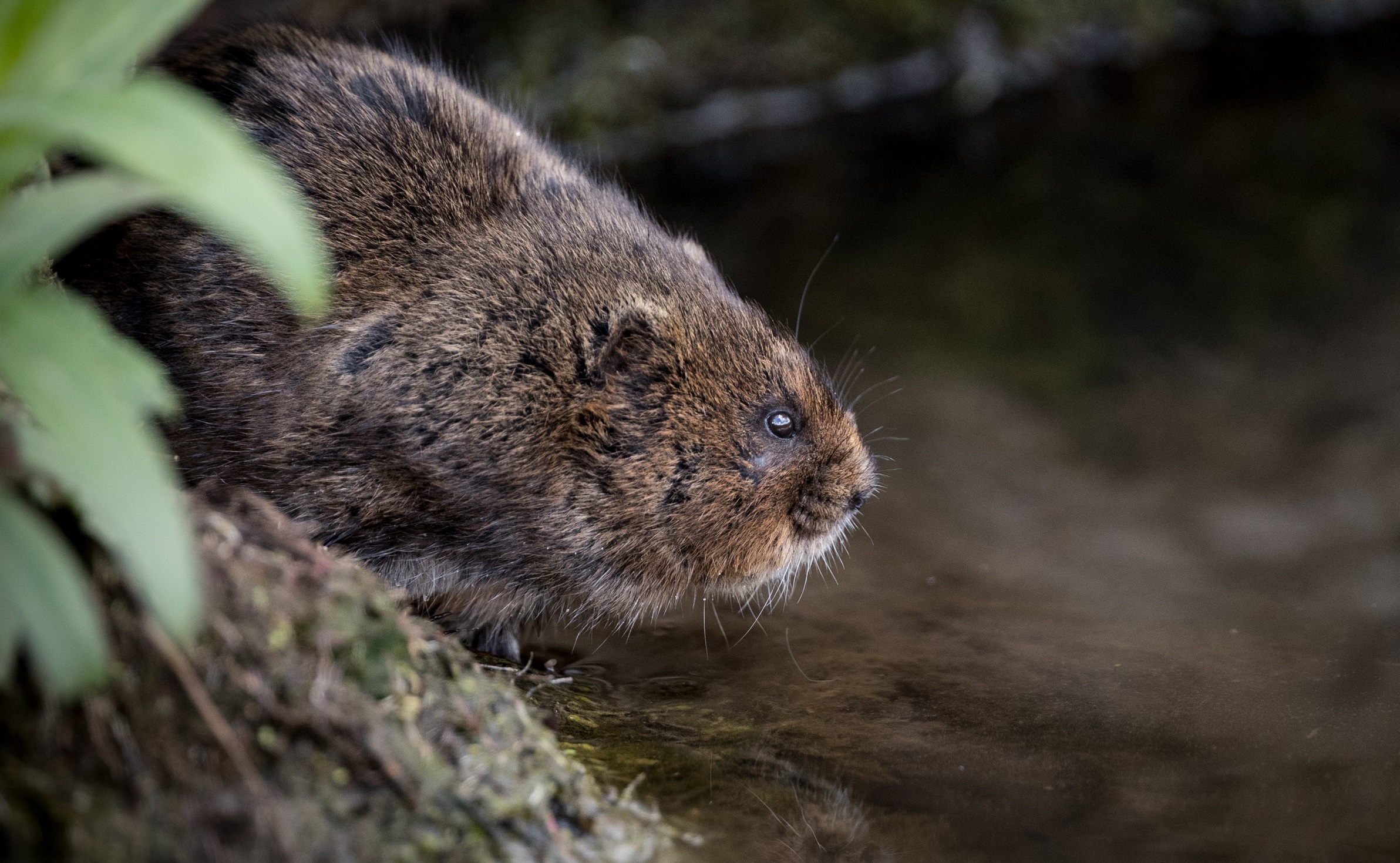How to take part

Become a water vole surveyor and help us achieve something amazing.
The NWVMP is an online survey, so you will be able to register as a water vole surveyor, select your site to visit, enter details about it, then submit your annual sightings all via our website.
The first step to taking part is to complete a short registration form with your contact details and your water vole monitoring experience. Once you have successfully registered, you will be able to select a site to survey. If you are already surveying a site, or know of a suitable site near where you live, then you will be able to register this site with the survey.
The second part of the survey will be to visit your site and plan your survey route, survey your site between 15th April and 15th June and then submit your records online.
We recommend that you read our guide to taking part below first about what each step involves and why. Once you are happy with what is expected you can then register to take part.
Thank you.
If you have any further questions please take a look at our FAQs page.
You can now register here to take part.
